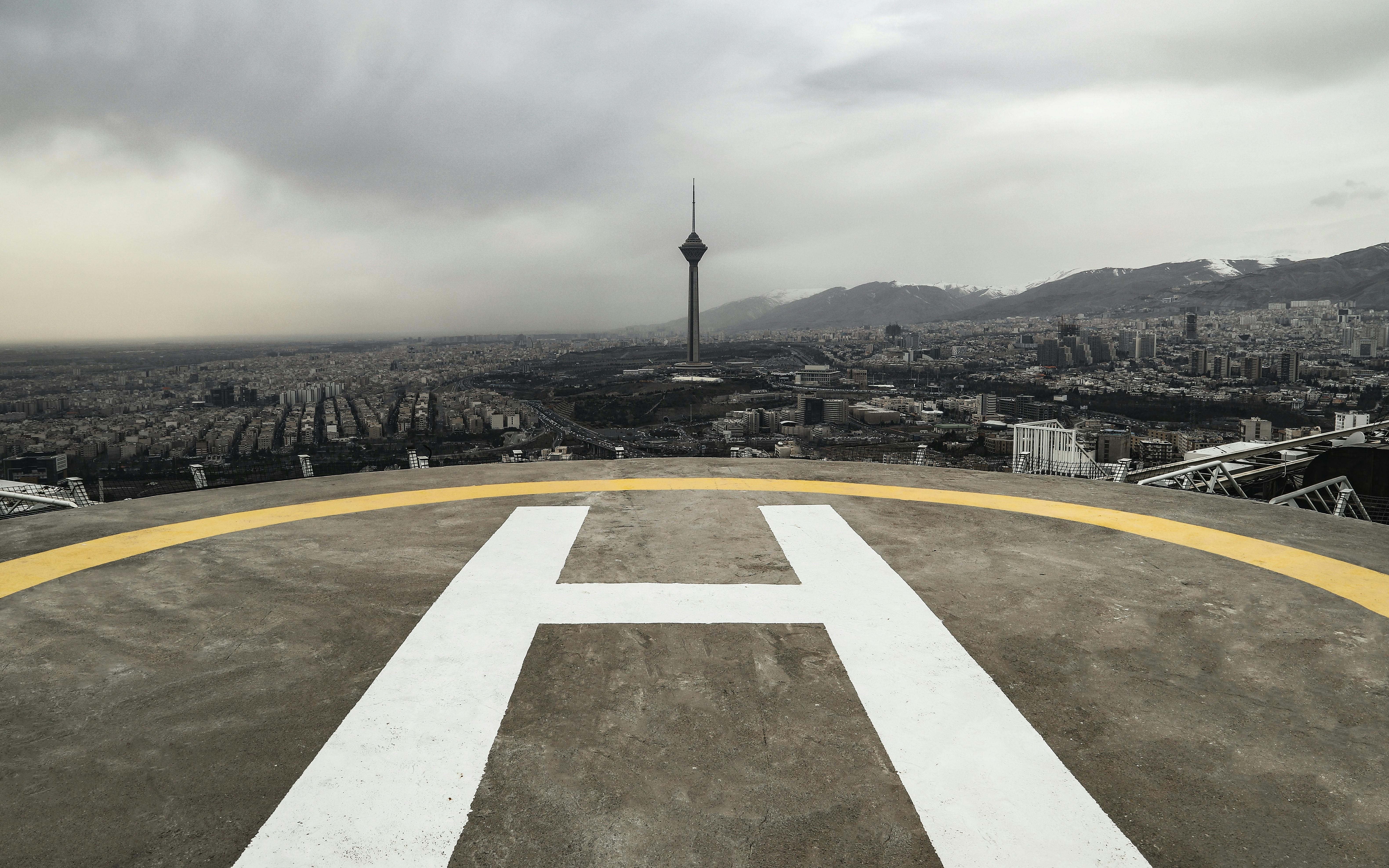Iran At A Crossroads: An Opportunity For America's Next President

The phrase "Nixon to China" is often invoked to describe a leader taking bold, unexpected action to reshape global relations. In the 1970s, President Richard Nixon defied decades of hostility to open diplomatic ties with China, fundamentally altering the Cold War’s geopolitical landscape. Today, the United States faces a similar opportunity—not with China, but with Iran.
After years of escalating tensions and policy failures, Iran stands at a precarious juncture, weakened both domestically and regionally. For America’s next president, this moment presents a rare chance to redefine relations with Tehran, a step that could stabilize the Middle East and reduce U.S. burdens in the region.
The Current Context
Iran’s Domestic and Regional Weaknesses
Iran is struggling under the weight of crippling U.S. sanctions, rampant inflation, and economic mismanagement. Protests and public dissent have grown, reflecting widespread frustration with the regime’s priorities. Regionally, Iran’s once-formidable influence is waning. Proxy groups in Iraq, Syria, and Yemen face mounting resistance, and Iran’s adversaries, including Israel and Saudi Arabia, have strengthened their positions.
America’s Middle East Dilemma
Recent U.S. policies toward Iran have failed to yield positive results. Former President Donald Trump’s "maximum pressure" campaign aimed to coerce Tehran into a new nuclear deal but instead exacerbated tensions. President Joe Biden sought to de-escalate conflicts but has been unable to reverse the region’s slide into chaos. As a result, the Middle East remains volatile, with heightened tensions between Israel and Palestine, proxy wars, and the growing influence of Russia and China.
Historical Lessons: Nixon and China
The Nixon Doctrine and Its Relevance
When Nixon opened relations with China in 1972, it was a strategic masterstroke. The U.S. and China had been adversaries, yet Nixon recognized the mutual benefits of engagement. The move isolated the Soviet Union, shifted the global balance of power, and established the U.S. as a pragmatic global leader.
Applicability to Iran
Today, Iran occupies a position similar to China’s during the Cold War: isolated and antagonistic toward the West. A U.S. pivot toward diplomacy with Tehran could yield similarly transformative results, reducing tensions in the Middle East and countering the influence of rival powers.
The Challenges of Engagement
Deep-Rooted Hostility
Decades of enmity have bred deep mistrust between the U.S. and Iran. Tehran views Washington as an existential threat, while U.S. political circles remain skeptical of Iran’s intentions. Domestic resistance in both countries could hinder significant progress.
Regional Dynamics
U.S. allies such as Israel and Saudi Arabia are likely to oppose rapprochement with Iran, fearing it would embolden Tehran. Meanwhile, Russia and China have cultivated ties with Iran, complicating U.S. efforts to isolate or engage the regime.
Opportunities for a New Beginning
Potential Diplomatic Avenues
The next U.S. administration can revisit the nuclear deal framework, addressing not only Iran’s nuclear ambitions but also its regional activities. Confidence-building measures, such as phased sanctions relief, could incentivize cooperation while reducing Tehran’s reliance on hostile proxies.
Strategic Benefits for the U.S.
Improved relations with Iran could reduce the costs and risks of America’s military presence in the Middle East. It could also weaken Iran’s growing ties with Russia and China, reasserting U.S. influence in a region increasingly contested by other powers.
Policy Recommendations for the Next Administration
Adopt a Dual-Track Approach
A dual-track strategy combining diplomacy with clear red lines on Iran’s destabilizing actions offers the best chance for progress. While engaging Tehran, the U.S. must maintain its ability to deter aggression.
Engage Regional Stakeholders
Multilateral dialogue involving Gulf States, Israel, and European allies is essential for ensuring that any agreement with Iran addresses regional concerns and avoids alienating key partners.
Leverage Economic Incentives
Phased sanctions relief tied to verifiable Iranian concessions can create a pathway to sustained engagement while preserving leverage.
Conclusion
Iran’s current vulnerabilities present a rare opening for the United States to rewrite its troubled history with Tehran. By seizing this opportunity, the next U.S. president could stabilize the Middle East, reduce America’s burdens in the region, and achieve a diplomatic breakthrough echoing Nixon’s historic engagement with China. Bold action now could shape a more secure and balanced future for the U.S. and its allies.
Author: Ricardo Goulart
The Self-Destructive Nature Of Anti-Tourism Protests: Balancing Resident Concerns With Tourism Benefits
In recent years, anti-tourism protests have become increasingly common across popular tourist destinations. From the Bal... Read more
Military And Strategic Implications Of The Ukrainian Drone Attack In Kursk
On a recent morning, the Kursk region in south-western Russia witnessed an unexpected and significant event: a Ukrainian... Read more
Chinese Tech Stocks Gain Ground Despite Wall Street Technology Sell-Off
Chinese tech shares in Hong Kong gained on Friday, defying a technology stock sell-off on Wall Street, driven by strong ... Read more
Defense Pact Between Britain And Germany: A Focus On Cybersecurity And Joint Operations
In a move set to redefine European defense collaboration, Britain and Germany have signed a comprehensive defense pact a... Read more
US Secret Service Director Steps Down After Trump Assassination Attempt
Security lapses admitted by Kimberly Cheatle prompt resignation.Kimberly Cheatle, the head of the US Secret Service, has... Read more
Kamala Harris Promises A Brighter Future In Official Campaign Launch
In a vibrant and impassioned campaign launch, Vice President Kamala Harris vowed to lead America toward a "brighter futu... Read more

